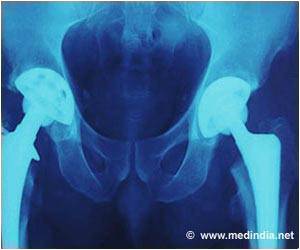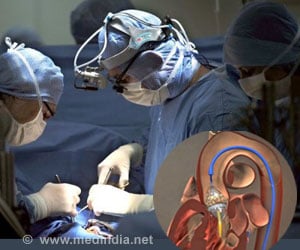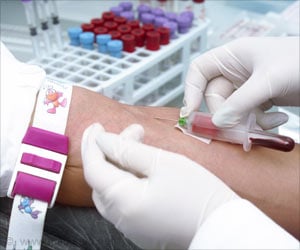
Secondary Cleft Lip and Palate Surgery--Variation and Outcomes
The researchers analyzed 130 children undergoing surgery to repair cleft lip and cleft palate at four specialized centers. The patients were part of the "Americleft" study, designed to compare surgical outcomes across North American cleft palate centers. All patients had cleft lip/cleft palate as their only abnormality, unrelated to any congenital syndrome.
Rates of secondary surgeries--additional procedures performed on the lip, palate, and/or nose after the initial (primary) surgery--were compared across the study centers. Most patients were followed up through adolescence.
The results showed significant variation in rates of secondary lip surgery and secondary nasal surgery (rhinoplasty) at the four cleft palate centers. Through ten years, the estimated rate of secondary lip surgery by center ranged from five percent to 60 percent. There was also substantial variation in rates of secondary rhinoplasty--from 47 to 79 percent by age 20 years.
Overall, the risk of secondary lip surgery varied 12-fold across centers, while the risk of secondary rhinoplasty varied six-fold. There was no significant variation in secondary palate surgery.
Advertisement
Secondary surgery for cleft lip and palate adds to the "burden of care" in terms of pain and fear for children and time off work for parents, as well as higher healthcare costs. The results are consistent with a previous European study (Eurocleft) reporting variations in secondary surgery rates.
Advertisement
But regardless of the source of the variation, "The effect is broad differences in a child’s burden of surgical care depending upon where they are treated," Dr. Sitzman and coauthors write. They call for further studies to better define the role of secondary surgery for children with cleft lip and palate.
Source-Medindia












